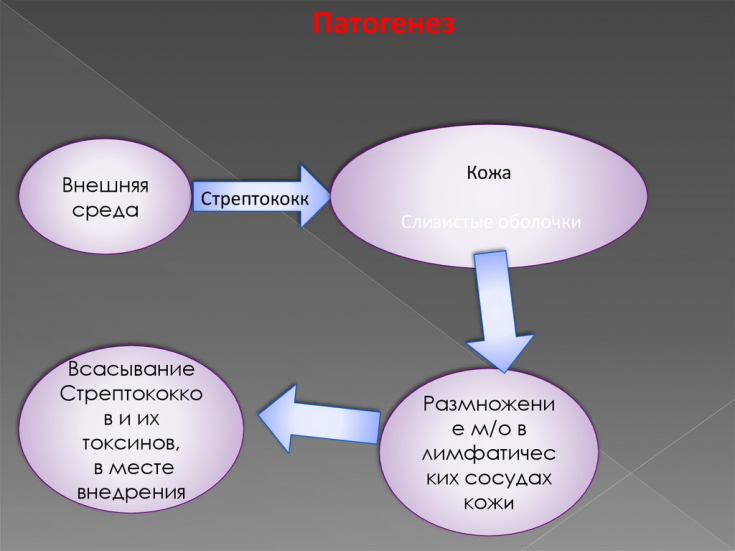Not a single childhood and youth passed without any rashes. Pustular skin diseases are most common in young people, but can also occur at a later age. Pyoderma – a group of dermatoses caused by pyogenic microorganisms, mainly staphylococci and streptococci.
The appearance of pustular rashes can manifest various chronic diseases or signal serious disturbances in the functioning of the macroorganism. Read on estet-portal.com about the causes of pyoderma, their classification and methods of treating pathology.
The main factors influencing the occurrence and course of pyoderma
Pyoderma is generally a non-contagious disease in adults. Microorganisms, including gram-positive coca, living on the skin, are saprophytes and normally do not cause inflammatory processes.
Follow us on Instagram!
However, when the protective function of the skin is impaired or there are chronic foci of infection in the body, a favorable environment is formed for the penetration and reproduction of microorganisms. Those, in turn, secrete erotogenic toxins that damage cell membranes and cause hemolysis.
The following factors contribute to the development of the disease:
1. Exogenous
• violation of the sanitary and hygienic regime;
• violation of the integrity of the stratum corneum of the epidermis;
• irrational and prolonged use of antibiotics;
• ambient temperature fluctuations;
• long-term use of hormonal drugs.
2. Endogenous
• chronic diseases (endocrine: diabetes mellitus, Itsenko-Cushing's syndrome; diseases of the cardiovascular system, disorders in the gastrointestinal tract);
• immunodeficiency states;
• foci of chronic purulent infections;
• hormonal imbalance;
• age features.

Exogenous factors usually contribute to the occurrence of acute pyoderma, and endogenous – chronic.
Read also: Pathogenic bacteria and provoking factors for the development of pyoderma
Etiological classification of pyoderma: streptoderma and staphyloderma
Depending on the causative agent, pustular skin diseases are divided into streptoderma and staphyloderma. They, in turn, are superficial and deep.
Varieties of streptoderma:
I. Surface
• streptococcal impetigo;
• ring-shaped impetigo;
• streptococcal congestion;
• bullous impetigo;
• streptococcal cheilitis;
• lichen simplex;
• superficial panaritium.
II. Deep
• Ecthyma regular;
• erysipelas.
Types of staphyloderma:
I. Surface
• ostiofolliculitis;
• acute folliculitis;
• sycosis vulgaris;
• pemphigus neonates
II. Deep
• deep folliculitis;
• furuncle;
• carbuncle;
• hydradenitis.
Streptostaphyloderma is also isolated:
• impetigo vulgaris;
• chronic ulcerative pyoderma;
• chancriform pyoderma.
A feature of streptoderma is the spread of rashes over the surface of the skin without affecting the appendages.
Staphyloderma is characterized by a deep skin lesion involving the appendages and the formation of purulent masses.
Effective treatment and prevention of acute and chronic pyoderma
Antibiotics (fluoroquinolones, cephalosporins) are used to treat acute widespread pyoderma, and alcohol solutions (salicylic or boric alcohols), ointments (ichthyol), aniline dyes (fucorcin, brilliant green), creams containing antibiotics (levomycetin, gentamicin or neomycin sulfate).
Surgical intervention is used if necessary: an abscess is opened.
Shortwave ultraviolet irradiation is widely used for the treatment of acute pyoderma.
In a chronic course, the patient should be fully examined and special attention should be paid to concomitant diseases.
In addition to the main antibiotic treatment, specific and non-specific immunotherapy is also used.
Specific includes: streptococcal antiglobulin, autovaccine, antistaphylococcal plasma.
To non-specific: autohemotherapy, biostimulants, immunomodulators and vitamin therapy.
Thank you for staying with estet-portal.com. Read other interesting articles in the "Dermatology" section. You may also be interested in: Vesiculopustulosis: characteristics of the disease and methods of treatment







Add a comment